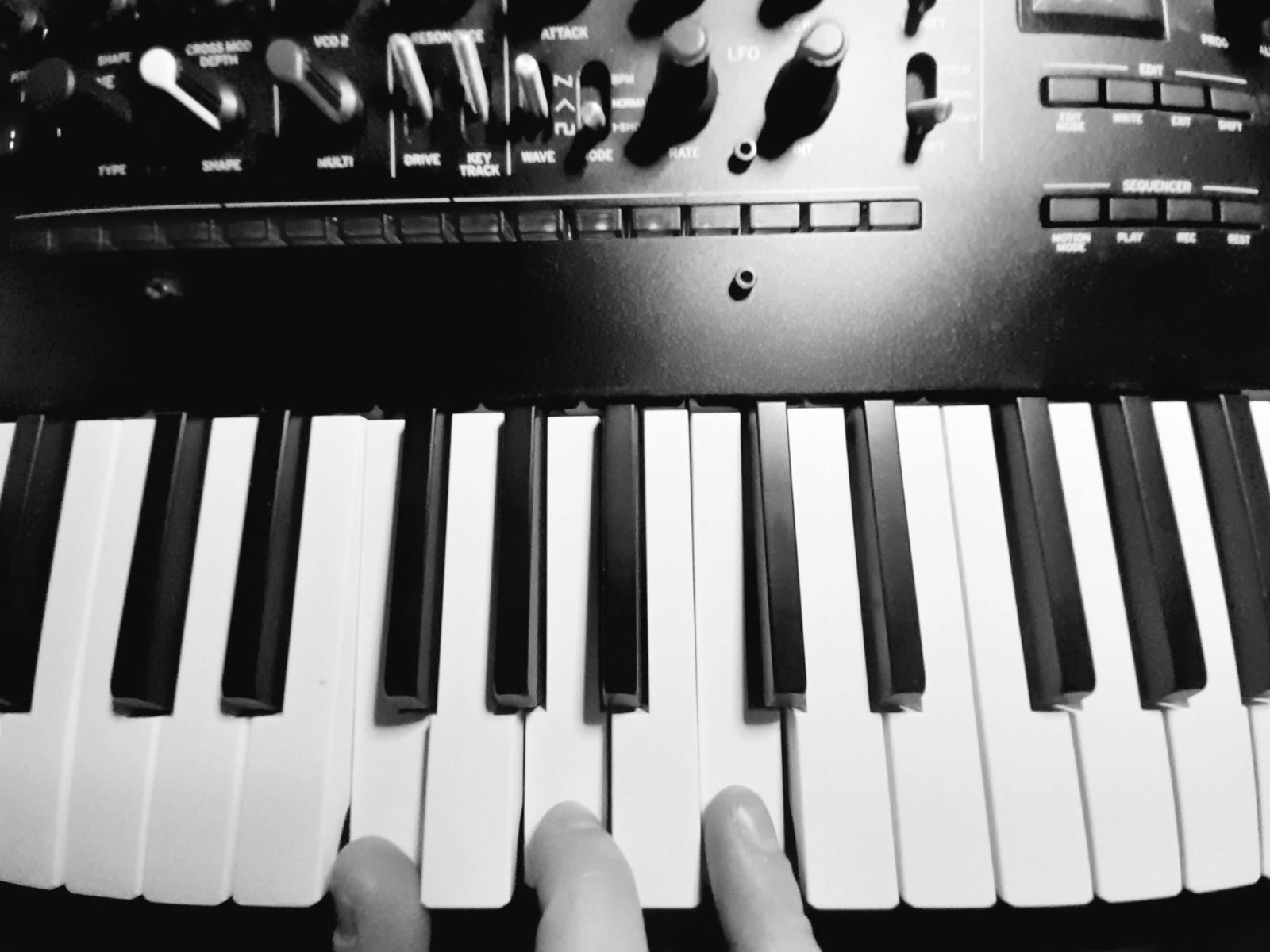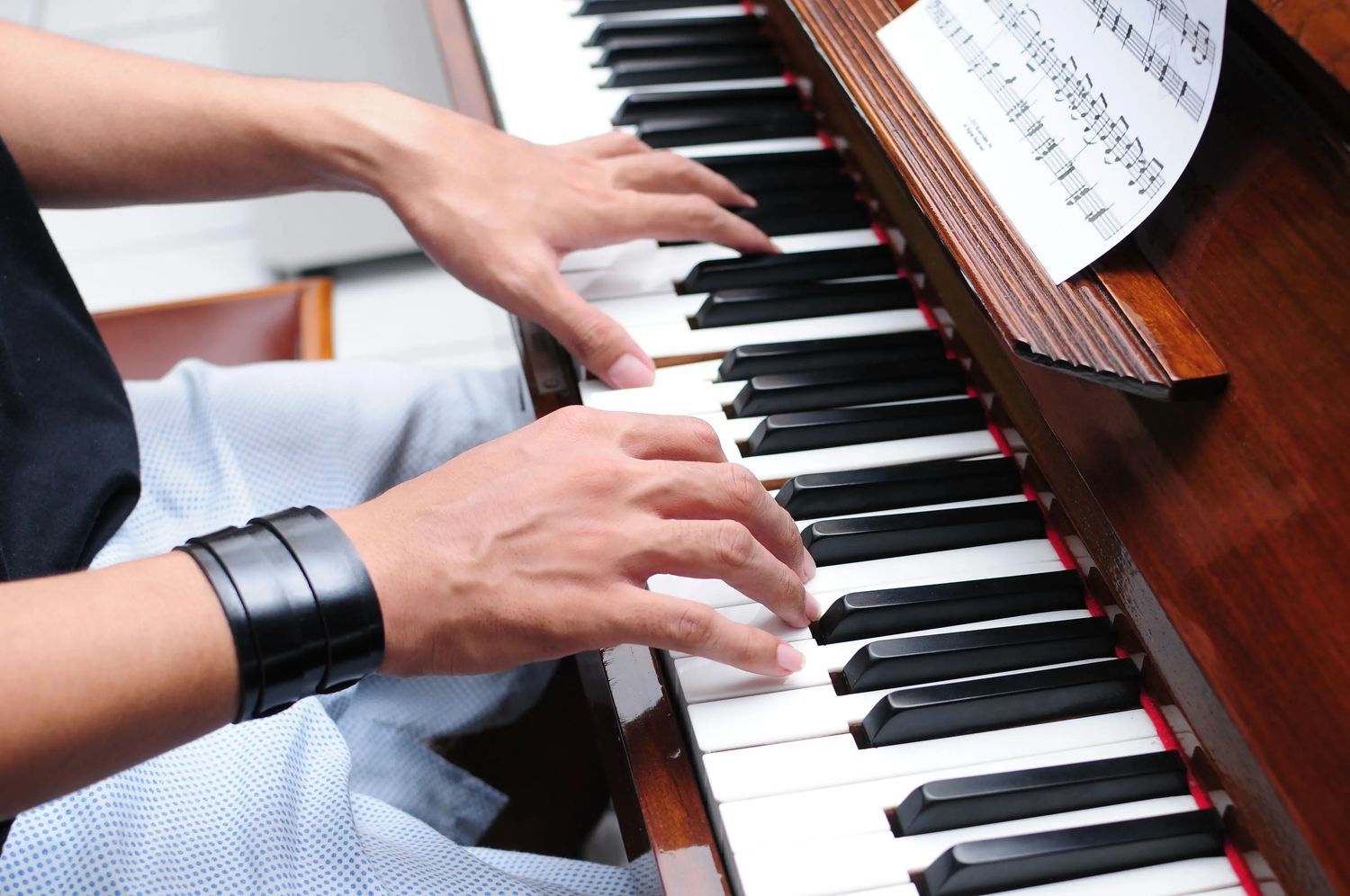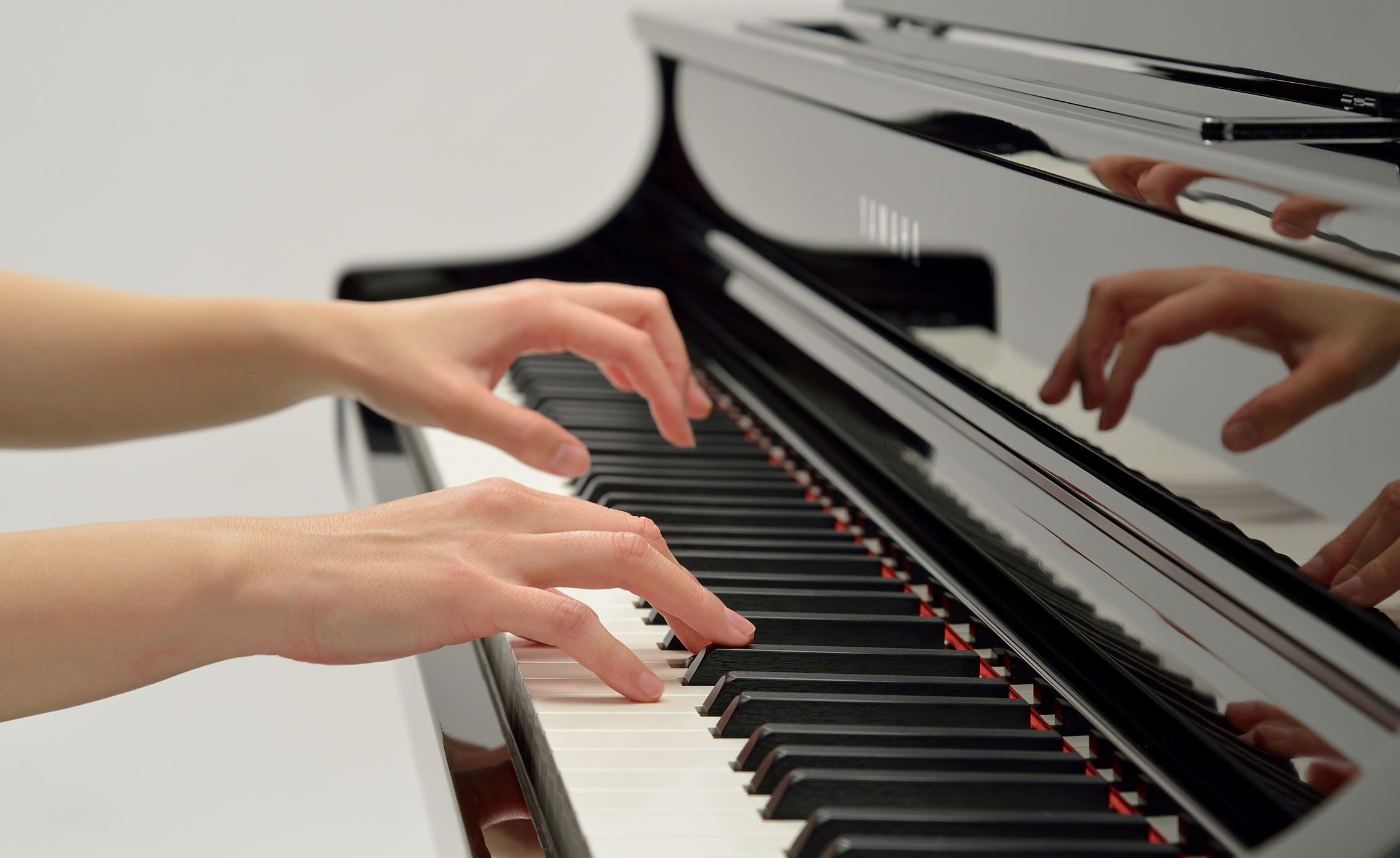Home>Instruments>Piano>What Is A G7 Chord On Piano


Piano
What Is A G7 Chord On Piano
Published: February 11, 2024
Learn how to play a G7 chord on the piano with our step-by-step guide. Master the essential piano chords and elevate your playing skills.
(Many of the links in this article redirect to a specific reviewed product. Your purchase of these products through affiliate links helps to generate commission for AudioLover.com, at no extra cost. Learn more)
Table of Contents
Introduction
Playing the piano is a beautiful and rewarding experience, and understanding chords is fundamental to mastering this instrument. One essential chord that every pianist should familiarize themselves with is the G7 chord. In this article, we will delve into the intricacies of the G7 chord, exploring its composition, variations, and practical applications.
The G7 chord is a staple in various music genres, including jazz, blues, and pop. Its distinct sound adds color and tension to musical compositions, making it a versatile and valuable asset in a pianist's repertoire. Whether you're a beginner eager to expand your chord vocabulary or an experienced player looking to refine your skills, the G7 chord offers a wealth of possibilities for creative expression.
Understanding the G7 chord involves dissecting its structure, identifying its unique characteristics, and learning how to effectively incorporate it into your playing. By the end of this article, you will have gained a comprehensive understanding of the G7 chord and the confidence to integrate it into your musical endeavors.
Join me as we embark on a journey to unravel the nuances of the G7 chord, unlocking its potential to elevate your piano playing to new heights. Whether you aspire to entertain audiences, compose captivating melodies, or simply derive joy from playing the piano, the G7 chord is a vital building block that will enrich your musical journey.
Understanding the G7 Chord
Before delving into the specifics of playing the G7 chord on the piano, it’s essential to grasp the theoretical foundation that underpins this harmonic entity. The G7 chord is classified as a dominant seventh chord, denoted by the symbol “G7.” This chord comprises four notes: G, B, D, and F. In the context of music theory, the G7 chord is constructed using the root note (G), major third (B), perfect fifth (D), and minor seventh (F).
When these notes are played together, they produce a distinct blend of tension and resolution, evoking a sense of anticipation and harmonic movement. The G7 chord’s dissonant yet compelling quality makes it a prevalent feature in musical compositions, contributing to the dynamic interplay of chords within a piece.
Furthermore, the G7 chord serves as the dominant chord in the key of C major, playing a pivotal role in leading the listener’s ear back to the tonic chord (C major). This harmonic function imbues the G7 chord with a sense of direction and purpose within the broader framework of musical progressions.
Understanding the harmonic structure and functional significance of the G7 chord equips pianists with the knowledge to leverage its expressive potential. Whether employed as a standalone chord or as part of a larger sequence, the G7 chord enriches musical arrangements with its compelling tonal qualities and inherent capacity for harmonic movement.
As we continue our exploration of the G7 chord, we will delve into practical techniques for playing and incorporating this chord into your piano repertoire, empowering you to harness its emotive power and enrich your musical expressions.
How to Play a G7 Chord on the Piano
Mastering the G7 chord on the piano involves positioning your hands and fingers to produce a harmonious fusion of notes. To play the G7 chord, begin by placing your right hand over the keys. Position your thumb on the G note, your middle finger on the B note, and your pinky on the F note. This configuration forms the G major triad with an added minor seventh, creating the distinctive sound of the G7 chord.
Simultaneously, position your left hand to complement the right hand’s placement. Place your pinky on the G note, your middle finger on the D note, and your thumb on the F note. By coordinating the placement of both hands, you can effectively execute the G7 chord with a rich and resonant quality.
Once your hands are in position, press down on the keys with a gentle yet firm touch, allowing the notes to ring out clearly and harmoniously. Pay attention to the positioning of your fingers, ensuring that each note is sounded without interference from adjacent keys. Practice transitioning smoothly between the G7 chord and other chords to familiarize yourself with its unique sound and feel.
As you become more proficient in playing the G7 chord, focus on maintaining a relaxed posture and fluid hand movements. Cultivating a sense of ease and dexterity in your playing will enhance the clarity and expressiveness of the G7 chord, enabling you to infuse your musical performances with its evocative tonal properties.
By mastering the technique of playing the G7 chord on the piano, you open the door to a world of musical possibilities, where the expressive depth of this chord enriches your playing and captivates the ears of your audience.
Common Variations of the G7 Chord
While the standard G7 chord forms the cornerstone of many musical compositions, exploring variations of this chord can add depth and versatility to your piano playing. One common variation is the G7b9 chord, which introduces a flattened ninth interval to the chord’s structure. To play the G7b9 chord, incorporate the A flat (Ab) note alongside the standard G7 configuration, infusing the chord with a heightened sense of tension and dissonance.
Another variation is the G7#5 chord, where the fifth note of the chord is augmented by raising it a half step. In this instance, the D note is raised to D# within the G7 chord, creating an augmented fifth interval. This alteration imbues the G7#5 chord with a sense of unease and unpredictability, offering a compelling harmonic flavor for experimental and avant-garde musical contexts.
Additionally, the G7sus4 chord presents an intriguing variation, replacing the third note of the G7 chord with the fourth note of the G major scale. By incorporating the C note in lieu of the B note within the G7 chord, the G7sus4 chord introduces a suspended, open-ended quality that can evoke a sense of anticipation and ambiguity within a musical progression.
Exploring these variations and integrating them into your musical repertoire allows for a nuanced and expressive approach to utilizing the G7 chord. Whether seeking to infuse your playing with heightened tension, dissonance, or a sense of unresolved cadence, these variations offer a diverse palette of tonal colors to enrich your musical arrangements.
By incorporating common variations of the G7 chord into your practice sessions and compositions, you can expand your harmonic vocabulary and imbue your piano playing with a captivating array of expressive possibilities.
Using the G7 Chord in Music
The G7 chord serves as a foundational element in a wide array of musical genres, offering a versatile and expressive tool for composers and performers. In jazz music, the G7 chord is frequently employed as part of dominant seventh progressions, where it contributes to the rich tapestry of harmonic movement and tension-resolution dynamics. Its inherent dissonance and potential for melodic embellishment make it an indispensable component in jazz improvisation, allowing musicians to navigate complex harmonic landscapes and infuse their performances with emotive depth.
Similarly, in blues music, the G7 chord holds a prominent position, often serving as the backbone of blues progressions and providing a platform for soulful improvisation and expressive phrasing. The raw, gritty quality of the G7 chord resonates deeply within the blues idiom, conveying a sense of longing, resilience, and emotional authenticity that is synonymous with the genre’s ethos.
Beyond jazz and blues, the G7 chord finds its place in pop, rock, and classical music, where its evocative tonal characteristics enrich compositions with moments of tension, release, and harmonic color. Whether employed as a transitional chord, a driving force in a melodic sequence, or a focal point for expressive embellishments, the G7 chord’s versatility makes it a valuable asset in the musical toolbox of composers and performers across diverse genres.
Furthermore, the G7 chord’s role in guiding harmonic progressions and establishing tonal centers underscores its significance in music theory and composition. As a dominant seventh chord, the G7 chord exerts a gravitational pull toward the tonic chord, infusing musical passages with a sense of direction and resolution. This harmonic function imbues the G7 chord with a profound impact on the emotional and structural nuances of a musical piece, shaping the listener’s experience and contributing to the overall narrative arc of the composition.
By harnessing the expressive potential of the G7 chord, musicians can imbue their performances and compositions with a captivating blend of tension, release, and harmonic intrigue, enriching the sonic tapestry of their musical endeavors.











